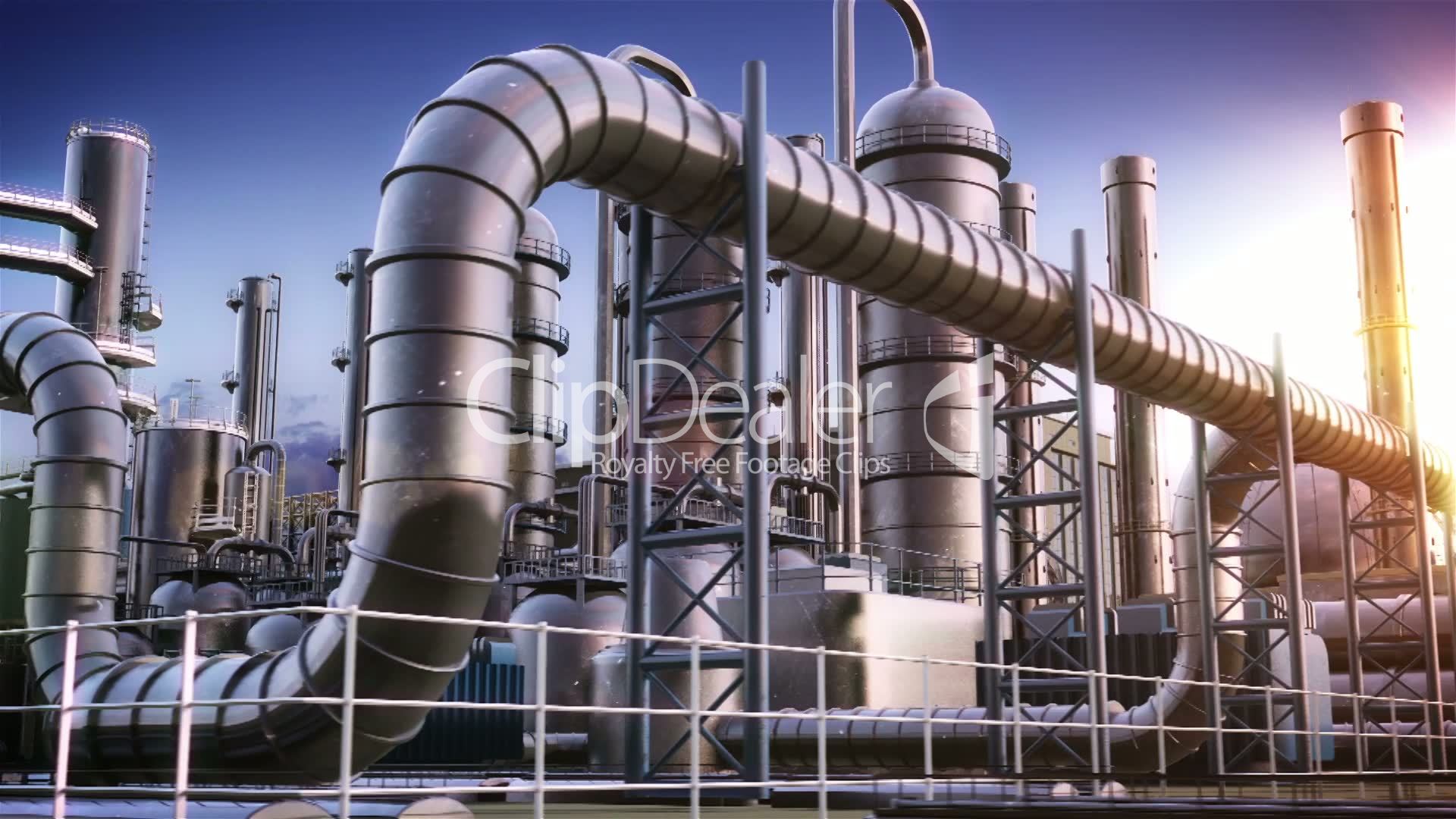How does Inconel 601 resist Stress Corrosion Cracking
When it comes to inhibiting stress corrosion cracking, most of the nickel based alloys show superior performance when compared with the stainless steel grades, and it is mainly because nickel combines more extensively then iron. Apart from this, several materials can be added in desired percentages depending on the requirements of the application. While the general industrial corrosive conditions are termed as reducing or oxidizing media. While the reducing conditions are controlled by the heavy discharge of hydrogen from the acids such as sulfuric or hydrochloric acid, the potential of oxidation can be developed by the cathode reactions such as lowering dissolved oxygen from the atmosphere, hydrogen peroxide, and the metallic ion solutions.
Inconel 601
Inconel 601 is a material that resists heat greatly and offers excellent performance in high temperature conditions up to about 1200 degrees Celsius. It is exceptionally resistant to aqueous attack due to its high concentration of chromium and nickel. Furthermore, it is also known for its high mechanical strength and tough nature that allow to keep the properties stable at high temperature limits. When it comes to measuring the resistance of alloy 601, it is highly resistant to oxidization and prevents attack in the carburizing media. In addition to this, it shows superior strength in the nitriding conditions in dissociated ammonia. The alloy offer superior performance even when the temperatures are increased to the cryogenic limits.
The alloy 601 leads can produce an oxide layer that eliminates scaling in vigorous media. Quite naturally, the alloy is resistant to side corrosive media except for sulfur. While it helps in preventing the loss of metal in a solution containing sodium hydroxide due to the high nickel content, it also helps in resisting stress corrosion cracking.
Stress corrosion cracking of Inconel 601
The stress corrosion cracking or SSC of unsensitized and sensitized Inconel bar alloy 601 has been studied in sodium chloride and sodium thiosulfate with the help of slow strain rate testing or SSRT. When the specimens were tested, they were in their original state after solution annealing at a temperature of 1050 degrees Celsius for a period of thirty minutes and also after solution annealing and sensitizing at a temperature of 700 degrees Celsius for another thirty minutes. The concentrations of sodium chloride and thiosulfate differed, ranging at 0.01 M to 1.0 M at 25 degrees Celsius.
The double loop electrochemical potentiokinetic reactivation and immersion tests in a boiling solution of nitric acid was also uses to evaluate the effect of heat treatment on the intergranular corrosion and the intensity of sensitization of Inconel 601. When tested in the varied environments, the use Inconel 601 for stress corrosion cracking could be easily determined.
Excellent resistance to SSC
Inconel 601 has good resistance to stress corrosion cracking and is especially recommended for various services for temperatures above 550 degrees Celsius due to its higher creep rupture characteristics that result from the high carbon content and the rough grain size.


